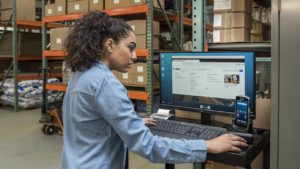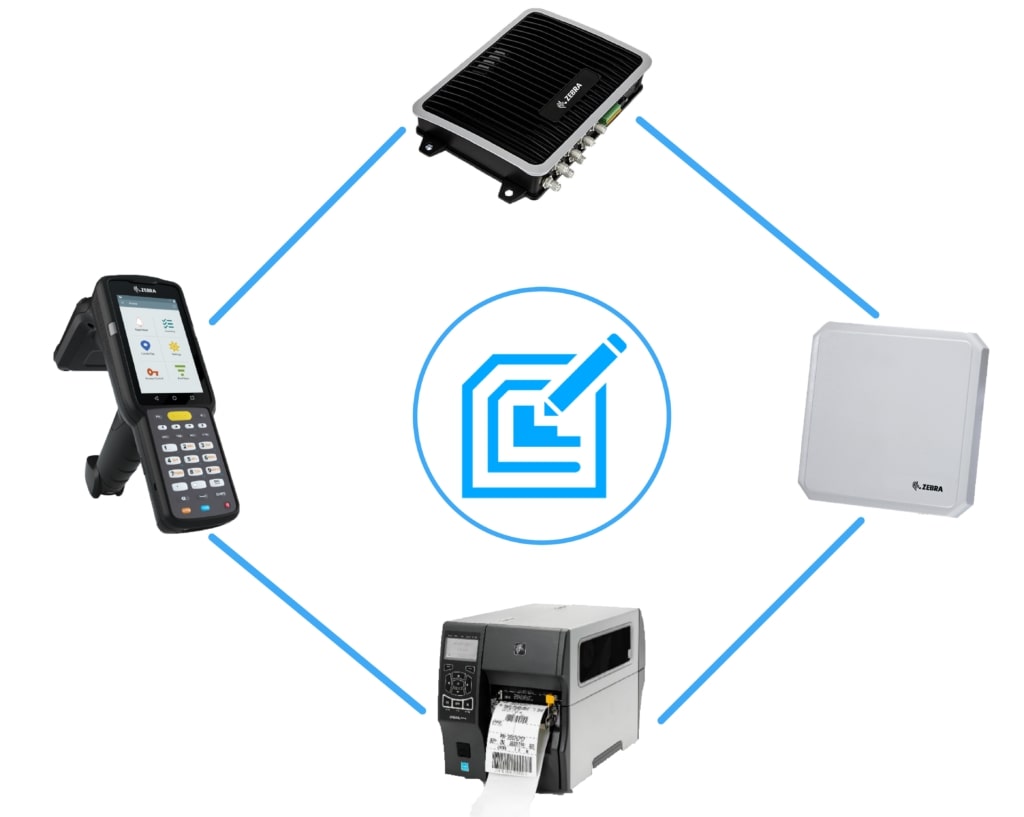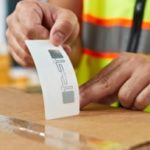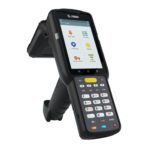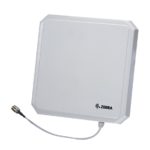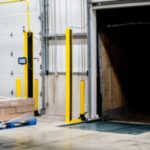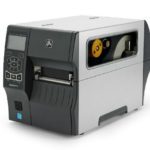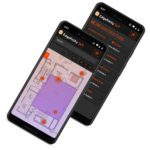Benefits of Using RFID for Warehouse Management
Rapid supply chain changes and a laundry list of operational challenges have caused an increasing need for reliable, automated data collection. RFID technology has proven beneficial for facilities looking to make data collection more efficient, streamlined, and accurate. The technology also provides inherent benefits over barcode and manual data collection methods such as: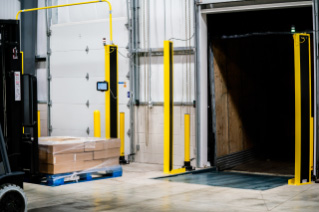
- No line of sight is required in many use cases.
- The ability to hold 100 times more data than a barcode.
- Scalable read ranges with LF, HF, and UHF tags.
- Faster reading of multiple tags with one scan.
- Flexible tag positioning, perfect for reading every item on a pallet.
- Functionality inside and outside of the warehouse, even in harsh environments.
By using RFID technology, warehouses can execute workflows with improved speed, accuracy, and efficiency. With more efficient processes, facilities boost throughput in addition to lowering their operating costs.
Keep reading to learn the top 5 benefits of using RFID in the warehouse!
1. Precise Inventory Management
The average square footage of warehouses increases each year due to rising demand through e-commerce and omnichannel approaches. As a result, locating pallets, let alone a single unit of a product, becomes ever more challenging.
Automated data collection with RFID feeds vital information like SKU numbers, locations, and quantities straight to your WMS. When an RFID tag is applied to a pallet or product, fixed and handheld readers can collect this data and deliver it to your ERP or WMS, providing valuable information on inventory movements and locations.
Depending on the complexity of your RFID location solution, you can also monitor items as they move through different zones in your warehouse or if they move from one facility to another. In turn, this creates a precise record of your inventory and eliminates the time spent trying to pinpoint pallet and SKU locations.
2. SKU and Quantity Verification at Dock Doors
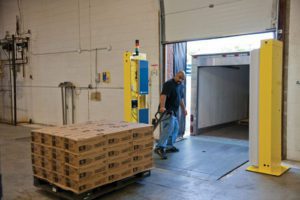
With RFID portals stationed at dock doors, you can eliminate the guesswork during the process of loading/unloading products while simultaneously scanning them in and out of inventory. An RFID solution of fixed readers and passive tags lets you instantly verify the product and quantity as it passes through a checkpoint.
More importantly, RFID software can alert you if the items scanned in don’t match the shipment you were supposed to receive. During the outbound process, RFID checkpoints can be used to catch potential shipping errors and improve your facility’s fulfillment accuracy.
Implementing RFID for inbound and outbound verification is a sure-fire way to catch costly errors and disruptions that can come from not delivering or receiving the right items. The instant visibility of essential data and eliminating possible errors result in a fast ROI.
3. Workflow Automation and Error Prevention
Due to the speed and degree of precision in which RFID tags are read, many common warehouse tasks can be easily automated. By implementing RFID in the warehouse, companies can reduce time spent on tasks like inventory receiving, shipping, cycle counts, put-away, managing returns, and many other workflows. RFID automation frees up labor and time for other areas in your operations and diminishes human error resulting from manual warehouse tasks.
When a warehouse is less reliant on an unpredictable labor supply, it opens up opportunities for operations to become leaner and more efficient. Furthermore, an effective RFID system alerts users when a human error does occur, such as putting inventory in the wrong location, having the wrong item loaded onto a pallet, and an incorrect shipment sent to a customer. In turn, RFID can serve as a quality assurance measure for warehouses, creating more efficient, streamlined operations while reducing costly errors that come from manual processes.
4. Accurate Stock Management
As large quantities of products move in and out of your warehouse every day, RFID automatically records inventory and manages your stock levels for you. RFID software can assist in maintaining optimal stock levels, sending alerts whenever under-stocking or over-stocking limits are reached.
Using RFID for stock management can provide real-time insights on product quantity, models, size, etc. Advanced RFID tags can even handle the complexities of managing stock levels for products that have shelf-life expirations and sensitive environmental factors like temperature.
An RFID solution not only makes inventory management easier but can also enforce product integrity standards and other quality assurance measures.
5. Equipment & Parts Tracking
The uses for RFID in the warehouse don’t have to stop at inventory management. RFID is also a beneficial technology for tracking the movement of critical assets and equipment like forklifts, tools, IT equipment, and other items needed to execute warehouse tasks.
By monitoring your critical equipment on an asset management platform, you can keep a detailed chain of custody that will help you optimize the utilization of equipment and better manage loss prevention.
How To Implement RFID in the Warehouse
Getting started with RFID requires a little bit more than buying a reader and slapping a tag on what you want to track. Our solutions are strategically designed for your warehouse’s requirements, meaning we take the time to evaluate which combination of RFID tags, readers, antennas, printers, and software will work best for your application.
Common RFID disruptions like metal, water, and high carbon content may alter read accuracy, but when you work with a certified RFID specialist like RMS Omega, we will conduct testing to ensure that the RFID solution will achieve your operational goals. We provide tailored solutions consisting of industry-leading hardware, tags, software, and services.
With over 20 years of experience working with warehousing partners, we have seen many common challenges and mishaps when implementing RFID systems. When you work with RMS Omega, you work with a dedicated Account Manager who will be your point of contact from the start. We will support you from the initial project design and through the implementation, deployment and ongoing maintenance, optimization and analysis of your RFID system for years to come.
Now that you have learned about the top 5 uses for RFID in the warehouse, it’s time to see how RFID can be used in YOUR warehouse.
